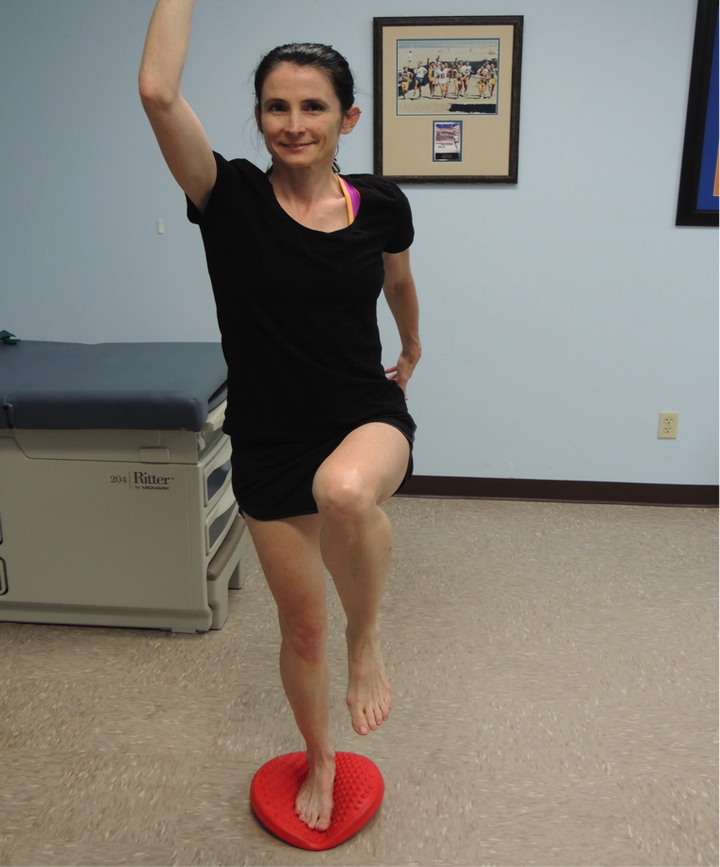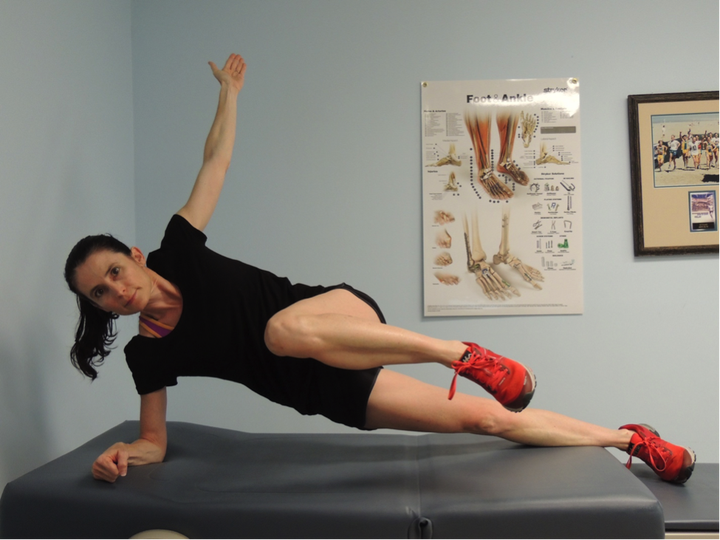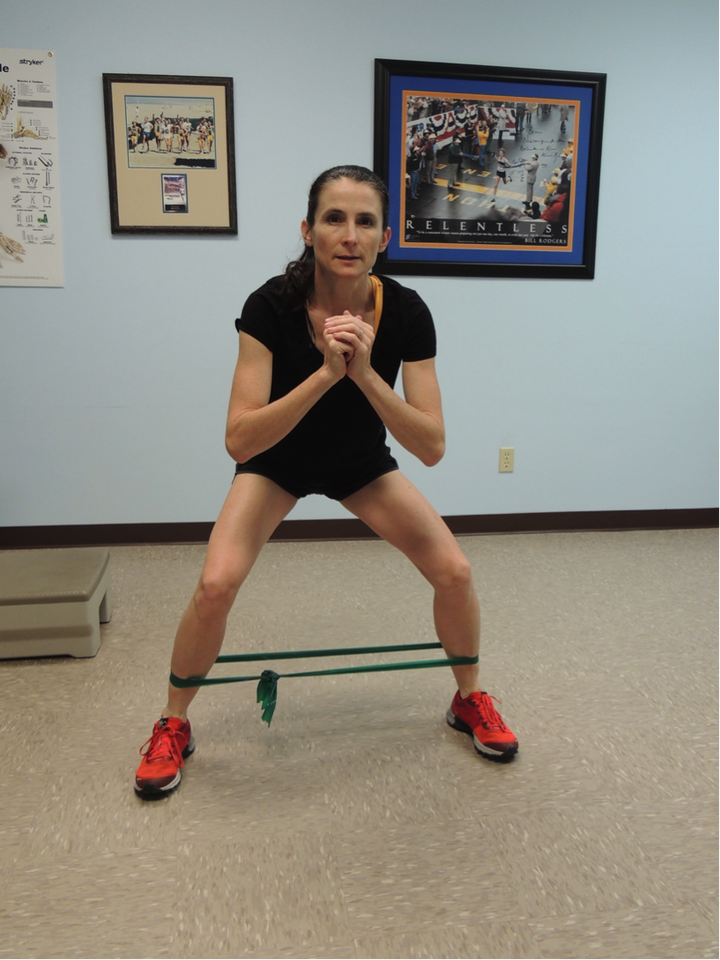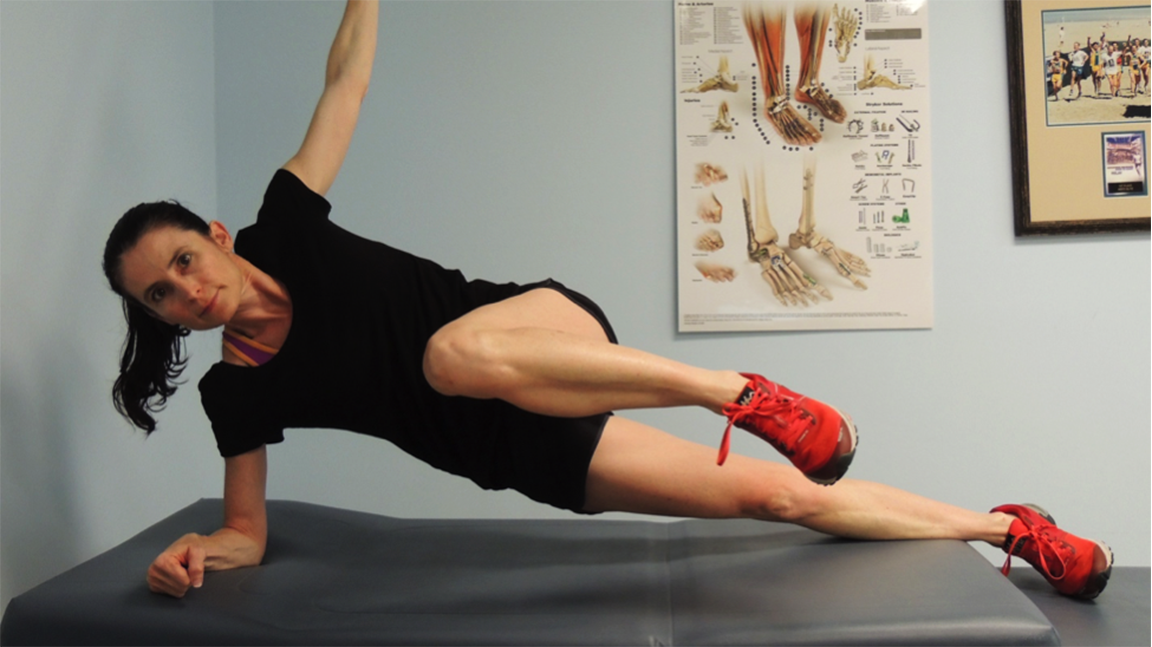As a podiatrist my main focus is treating the foot and ankle. But as I specialize in the treatment of athletes, and runners in particular, I’m often reminded of the fact that the structures above the foot and ankle are as important, and in some cases more important, than where the symptoms may present themselves.
Recently I had a runner in my office that was suffering from pain and swelling of the tendon that runs from the arch up behind the ankle bone to the tibia (Posterior Tibial (PT) tendonopathy). She was treated by another physician who immobilized her foot in a cast boot. When the cast came off after six weeks, her Posterior Tibial tendon was completely pain free and she was advised that she could resume running.
Of course, the pain returned immediately, because once you are immobilized the muscles will atrophy. She was then sent for physical therapy and the focus was on strengthening the PT tendon without any attention paid to the other structures. She could perform a single toe raise without any pain but the treatment was only part of what she required to return to painless running.
Prior to her first visit to me she stated that she could run one mile, but the pain would then start and get worse as she tried to continue further. Being a marathon runner, this was obviously not as much as she would like to train. My examination revealed an extremely strong Posterior Tibial tendon, but there was significant weakness of the Gluteal muscles, which were not engaging properly.
She seemed skeptical when I spent the rest of the visit testing and showing her how to perform strengthening exercises for the Gluteal muscles—without much attention paid to her foot or ankle. One month later she was running up to 3 miles completely pain free.
When the foot is in contact with the ground, all of the structures in that leg are working to help or hinder the actions of that foot. This is called “closed-chain kinetics,” which means that if there is a weakness in the hip, it can affect what is happening in the foot. The muscles in the hip are far stronger than the tendons that can get injured around the foot and ankle, including the Achilles tendon, the Posterior Tibial tendon and many others that originate in and around the foot.
For a runner, the most important hip muscles are the Gluteal muscles (Glutes). The Gluteus Minimus and Gluteus Medius are far more important than the Gluteus Maximimus. The Minimus and Medius serve to help rotate the hip outward (abduct) and are much better controllers of pronation of the leg and foot than the smaller tendons within the lower leg and foot.
Unfortunately, in our society we spend a lot of time sitting in our cars, at our desks and bent over a computer or smart device. This leads to the Gluteal muscles being turned off, which can lead to a multitude of injuries of the feet and legs. Those muscles have to be engaged in order to help prevent and heal lower extremity running injuries.
Here are a series of exercises that can help engage those muscles:
One-Leg Balance

Balancing on one foot mimics what we do when we run. Balance on one foot and go through a running in place motion. Alternate each side for 30 seconds. Adding a soft pad will add the difficulty helping to improve your balance and proprioception.
Side Plank

Perform a side plank for 30 seconds. Keep a straight line from the shoulder to the foot. Bring the top leg up in a running motion to make it more challenging
Quarter Squat

Balance on one foot and perform a ¼ of a squat. Concentrate on thinking about sitting in a chair to activate the glute muscles. Make sure the foot goes straight over the foot and not inside the foot. Perform 20 on each leg.
Theraband Monster Walk

Therabands provide great resistance to improve your strength. Stay in a crouched position and take small steps sideway back and forth across the room
—
Dr Brian Fullem is a Fellow of the American Academy of Podiatric Sports Medicine. Dr Fullem practices at Elite Sports Podiatry in Clearwater, FL. He is the author of The Runners Guide to Healthy Feet and Ankles.


